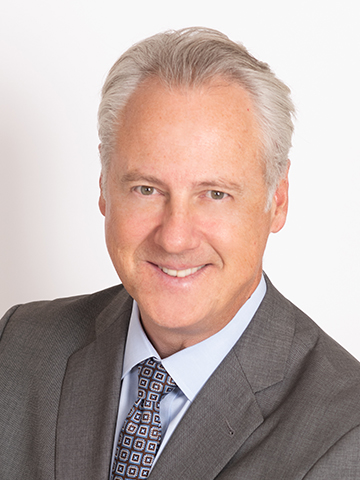“New Rules” for nuclear S&E students

Craig Piercy
cpiercy@ans.org
In April, I had the honor of speaking at the “Networking Dinner” held during the 2022 ANS Student Conference at the University of Illinois at Urbana-Champaign. There’s something uniquely wonderful about 450 nuclear science and engineering students assembled in one place, seeing each other in person after two years on Zoom, trying to figure out where they are going in life. However, combine that enthusiasm with a long, narrow, A/V-challenged ballroom, and what you get is a genuine acoustical nightmare.
In particular, many people in the room couldn’t hear my “New Rules” for nuclear S&E students, modeled after the segment on Real Time with Bill Maher, and they came up to me afterward asking for a written version of the “rules.” Well, here they are, reconstructed from my notes, slightly polished, and offered with no guarantee of accuracy. It helps to start each by saying “New Rule!”



